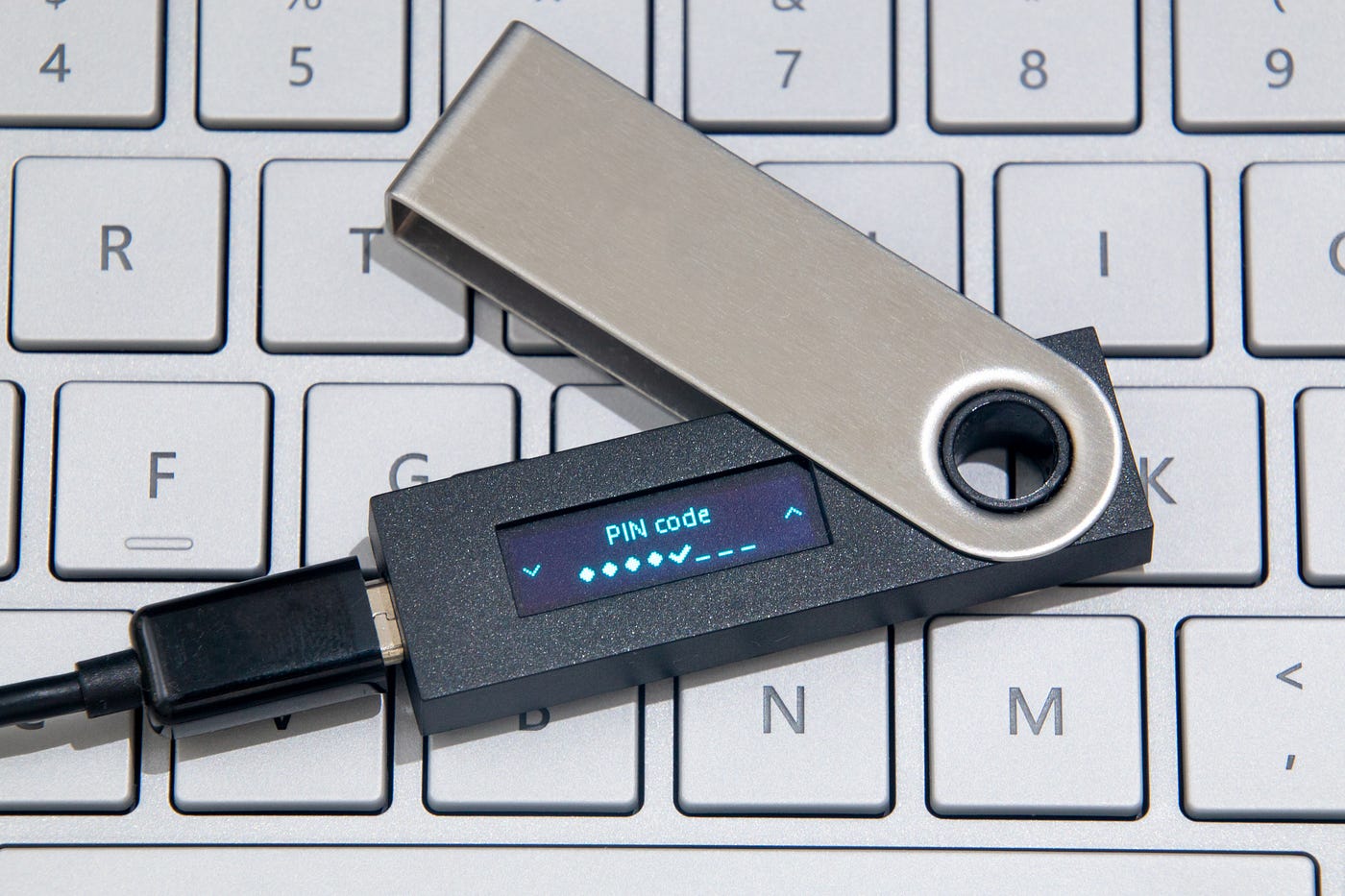

Articles
How To Store Ethereum On Usb
Modified: January 6, 2024
Learn how to securely store your Ethereum on a USB device. Read our articles for step-by-step guides and protect your digital assets.
(Many of the links in this article redirect to a specific reviewed product. Your purchase of these products through affiliate links helps to generate commission for Storables.com, at no extra cost. Learn more)
Introduction
Ethereum, the world’s second-largest cryptocurrency, has gained significant popularity among investors and technology enthusiasts. As the value of Ethereum continues to soar, it becomes essential to explore secure storage options to protect your digital assets. Storing Ethereum on a USB device is an excellent solution for ensuring the safety of your funds while providing easy access for future transactions. In this article, we will delve into the benefits of storing Ethereum on a USB device, factors to consider before choosing this method, and a step-by-step guide to help you navigate the process.
Ethereum, with its decentralized network and smart contract capabilities, has proved to be a valuable asset in the digital world. However, keeping your Ethereum investments secure is paramount in this rapidly evolving landscape, where cyber threats and vulnerabilities are a constant concern. Storing your Ethereum on a USB device offers a higher level of security compared to online wallets or exchanges, which can be prone to hacking attempts.
By storing your Ethereum on a USB device, you have full control over your digital assets. You are not dependent on third-party platforms to access or manage your funds. This eliminates the risk of experiencing downtime or security breaches due to vulnerabilities in exchange platforms or online wallet providers.
Additionally, storing Ethereum on a USB device offers portability and convenience. You can carry your USB device with you wherever you go, allowing you to access your funds and make transactions easily, even when you are offline. This mobility is especially useful for individuals who travel frequently or need immediate access to their funds without relying on an internet connection.
One of the key advantages of USB storage for Ethereum is that it provides a backup solution. In the event of a hardware failure or loss of your primary storage device, having your Ethereum securely stored on a USB device acts as a failsafe. You can easily restore your funds and regain control without worrying about data loss or the perils of relying solely on online storage solutions.
However, before opting to store your Ethereum on a USB device, it is crucial to consider a few factors. These factors include the type of USB device to use, security considerations, and the overall feasibility of the method. In the following sections, we will explore these factors in detail to help you make an informed decision.
Key Takeaways:
- Storing Ethereum on a USB device offers enhanced security, control, and portability, providing a reliable offline solution to safeguard digital assets. Consider compatibility, reliability, and security features before opting for this method.
- Implementing security measures such as strong passwords, regular backups, and staying informed about cryptocurrency security best practices is crucial for ensuring the safe storage of Ethereum on a USB device. Stay vigilant and proactive in protecting your digital investments.
Read more: How To Store Ethereum Offline
Benefits of Storing Ethereum on USB
Storing your Ethereum on a USB device offers several key benefits that make it an attractive option for cryptocurrency holders. Let’s take a closer look at some of these advantages:
- Enhanced Security: One of the primary benefits of storing Ethereum on a USB device is the heightened level of security it provides. By keeping your digital assets offline, you significantly reduce the risk of cyber attacks and hacking attempts. USB devices are not connected to the internet by default, making it less susceptible to online vulnerabilities.
- Control and Ownership: When you store Ethereum on a USB device, you have complete control and ownership of your funds. You are not relying on a third-party platform to manage or access your assets. This empowers you with greater autonomy and eliminates the risks associated with centralized exchanges or online wallets.
- Portability: USB devices are compact and portable, allowing you to carry your Ethereum with you wherever you go. Whether you’re traveling or simply prefer to have access to your funds offline, a USB device enables you to transact conveniently without the need for an internet connection.
- Backup and Recovery: Storing Ethereum on a USB device acts as a secure backup solution. In the event of a hardware failure or loss of primary storage, you can rely on the backup stored on the USB device to regain access to your funds. This adds an extra layer of protection and reduces the risk of permanent data loss.
- Offline Storage: With USB storage, you effectively remove your Ethereum from the online realm, mitigating the risk of online threats and vulnerabilities. This offline storage approach provides peace of mind knowing that your assets are safe from potential cyber attacks on connected devices.
- Privacy: Storing your Ethereum on a USB device offers an added level of privacy. Unlike online wallets or exchanges that typically require personal information for verification, USB storage allows you to maintain your anonymity. This is a valuable feature for those who prioritize privacy and seek to safeguard their identity in the digital space.
Ultimately, storing Ethereum on a USB device allows you to have better control, security, and accessibility over your digital assets. The portability, backup options, and privacy advantages make it a compelling choice for individuals looking to ensure the safety of their Ethereum investments.
Factors to Consider Before Storing Ethereum on USB
While storing Ethereum on a USB device offers numerous benefits, it is essential to consider certain factors before deciding on this storage method. Taking these factors into account will help you make an informed decision and ensure the safety and feasibility of storing your Ethereum on a USB device.
- Compatibility: Before selecting a USB device for Ethereum storage, ensure that it is compatible with your computer or device. USB devices come in different formats, such as USB flash drives or hardware wallets. Check the device’s specifications and make sure it is compatible with your operating system and Ethereum wallet software.
- Reliability: Choose a USB device from a reputable manufacturer known for producing reliable and durable storage devices. You want to ensure that your Ethereum remains securely stored and accessible without the risk of data corruption or hardware failure.
- Capacity: Consider the storage capacity of the USB device. If you plan on storing a significant amount of Ethereum or other cryptocurrencies, you may need a USB device with a larger storage capacity. Evaluate your storage needs and choose a device that can accommodate your requirements.
- Security Features: Look for USB devices with built-in security features, such as encryption and password protection. These features add an extra layer of protection against unauthorized access to your Ethereum. It is crucial to prioritize the security of your digital assets to minimize the risk of theft or loss.
- Offline Backup: Ensure that you have a reliable offline backup strategy in place to safeguard your Ethereum in case the USB device is lost, damaged, or stolen. Consider making multiple copies and storing them in secure locations such as a safe deposit box or a trusted location separate from your primary storage.
- User Experience: Evaluate the user experience of the USB device and the associated Ethereum wallet software. Choose a device and software that are intuitive and user-friendly, making it easy for you to manage and access your Ethereum effectively. Complex or cumbersome interfaces can lead to frustration or potential user errors.
- Physical Security: Remember that the security of your USB device goes beyond the digital realm. Keep your USB device in a secure location and protect it from physical damage or theft. Treat it as you would treat any valuable item, implementing measures to prevent unauthorized access.
Considering these factors will help you make an informed decision about storing Ethereum on a USB device. It is crucial to prioritize security, compatibility, reliability, and user experience to ensure the safe storage of your digital assets.
Step-by-Step Guide to Storing Ethereum on USB
If you’ve decided to store your Ethereum on a USB device, here is a step-by-step guide to help you navigate the process:
- Choose a USB Device: Select a USB device that is compatible with your computer or device. Consider factors such as storage capacity, reliability, and security features.
- Prepare Your USB Device: Format the USB device to ensure it is ready for Ethereum storage. Follow the manufacturer’s instructions or use your computer’s formatting tools to format the device. Make sure to backup any existing data on the USB device before formatting.
- Create an Ethereum Wallet: If you don’t have an Ethereum wallet already, create one. There are various wallet options available, including desktop wallets, hardware wallets, and online wallets. Choose a wallet that aligns with your security preferences and install it on your computer or device.
- Backup Your Wallet: Before proceeding, backup your Ethereum wallet by following the backup instructions provided by your wallet software. This backup ensures that you can restore your Ethereum in case of device failure or loss.
- Store Ethereum on USB: Open your Ethereum wallet software and locate the option to export your wallet or private key. Export the wallet or private key and save the file on your computer. Connect the USB device to your computer and transfer the exported file to the USB device.
- Test Accessibility: Disconnect your computer from the internet to ensure you are operating in an offline environment. Then, reconnect the USB device to your computer and open the Ethereum wallet software. Verify that you can access your Ethereum funds from the USB device without an internet connection.
- Create Offline Backup: As an additional safety measure, make an offline backup of your Ethereum wallet and store it in a secure location. This backup should be separate from your primary USB device storage and protected from physical damage or theft.
Following these steps will allow you to securely store your Ethereum on a USB device. Remember to periodically update your offline backup and maintain the physical security of your USB device to ensure the long-term safety of your digital assets.
When storing Ethereum on a USB, make sure to use a hardware wallet like Ledger or Trezor for added security. Always keep multiple backups of your wallet and store them in separate secure locations.
Alternative Methods for Storing Ethereum
While storing Ethereum on a USB device offers a secure and offline solution, there are alternative methods available that you may consider based on your preferences and needs. Let’s explore some of these alternative storage options:
- Hardware Wallets: Hardware wallets are specialized devices designed to securely store cryptocurrencies. These wallets offer a higher level of security compared to USB devices or software wallets. They store your Ethereum offline, keeping it safe from potential hacking attempts. Hardware wallets often come with built-in security features and encryption, providing peace of mind for cryptocurrency holders.
- Software Wallets: Software wallets, also known as desktop wallets or mobile wallets, are applications installed on your computer or smartphone. These wallets allow you to store Ethereum digitally while maintaining control over your private keys. Software wallets can be more convenient for frequent transactions but may carry a slightly higher security risk compared to hardware wallets or USB storage.
- Online Wallets: Online wallets are web-based wallets that store your Ethereum on remote servers managed by a third-party service provider. These wallets offer convenience for accessing your funds from any device with internet connectivity. However, online wallets may be more vulnerable to security breaches, as they rely on the security measures implemented by the service provider.
- Paper Wallets: Paper wallets are a form of offline storage that involves printing your Ethereum public and private keys on a physical piece of paper. This method provides an extra layer of security as your keys are not stored digitally. However, it is essential to protect the paper wallet from physical damage, loss, or prying eyes.
- Cold Storage: Cold storage refers to the practice of keeping your Ethereum completely offline, away from any internet-connected device. This can include methods like hardware wallets, paper wallets, or even physical storage of encrypted USB drives or external hard drives. Cold storage provides the highest level of security, but it may be less convenient for frequent transactions.
When considering alternative methods for storing Ethereum, it is crucial to evaluate the trade-offs between security, convenience, and accessibility. Choose a storage method that aligns with your risk tolerance and usage requirements. It is also advisable to diversify your storage options and have backups in place to protect against unforeseen events.
Remember, regardless of the storage method you choose, it is imperative to follow best practices for security, such as keeping your wallet software and devices up to date, using strong passwords or passphrases, and being cautious of phishing attempts or suspicious websites.
Read more: What Is A Usb-C Adapter
Security Measures to Ensure Safe Storage of Ethereum on USB
When storing Ethereum on a USB device, it is essential to prioritize security measures to protect your digital assets. Here are some key security measures to consider:
- Choose a Secure USB Device: Select a USB device from a reputable manufacturer known for producing secure storage devices. Look for devices with built-in encryption and password protection features. This ensures that even if your USB device is lost or stolen, your Ethereum remains secure.
- Use Strong Passwords: Implement a strong and unique password to protect your Ethereum wallet on the USB device. Use a combination of upper and lowercase letters, numbers, and special characters. Avoid using easily guessable passwords or personal information that can be easily associated with you.
- Keep Software Up to Date: Regularly update your Ethereum wallet software and any associated software on your computer or device. Software updates often include important security patches that address vulnerabilities and enhance the overall security of your wallet.
- Enable Two-Factor Authentication (2FA): Implement two-factor authentication on your Ethereum wallet whenever possible. This adds an extra layer of security by requiring a second form of verification, such as a mobile authentication app or a hardware token, in addition to your password.
- Backup Your Wallet: Create regular backups of your Ethereum wallet and store them in multiple secure locations. This protects your funds in case of device failure, loss, or damage. Ensure that your backups are encrypted and protected from unauthorized access.
- Store the USB Device Securely: Keep your USB device in a safe and secure location when not in use. Consider using a physical lock or a safe to protect the USB device from theft. Minimize the risk of physical damage or accidental loss by treating it as a valuable possession.
- Avoid Suspicious Links and Phishing Attempts: Be cautious of clicking on suspicious links or opening email attachments in order to protect your Ethereum wallet from phishing attempts. Hackers may try to trick you into revealing your wallet credentials or download malware onto your computer.
- Regularly Monitor Activity: Monitor your Ethereum transactions and account activity regularly. If you notice any suspicious or unauthorized transactions, take immediate action by contacting your wallet provider and securing your funds.
- Stay Informed: Stay updated with the latest security best practices and news regarding cryptocurrency security. This will help you stay vigilant and proactive in safeguarding your Ethereum investments.
By implementing these security measures, you can significantly enhance the safety of your Ethereum stored on a USB device. Remember that security is an ongoing process, and it is crucial to remain vigilant and adapt to new threats and vulnerabilities in the cryptocurrency landscape.
Conclusion
Storing your Ethereum on a USB device provides a secure and convenient solution to safeguard your digital assets. By opting for USB storage, you gain control, enhanced security, and the flexibility to transact offline. The portability of USB devices allows you to carry your Ethereum with you wherever you go, ensuring immediate access without relying on an internet connection.
Before storing Ethereum on a USB device, consider the compatibility, reliability, and security features of the USB device. Evaluate the storage capacity based on your needs and prioritize devices from reputable manufacturers. Ensure that you have a reliable offline backup strategy in place to protect against device loss or failure.
While USB storage offers significant advantages, it is essential to explore alternative methods such as hardware wallets, software wallets, online wallets, or even paper wallets. Each option comes with its own set of security considerations and trade-offs. Diversifying your storage options can provide additional layers of security for your Ethereum investments.
To ensure safe storage of Ethereum on a USB device, implement security measures such as using strong passwords, enabling two-factor authentication, keeping your software up to date, and avoiding suspicious links or phishing attempts. Regularly monitor your Ethereum transactions and stay informed about the latest security best practices to mitigate risks effectively.
Remember, investing in Ethereum carries inherent risks, and the safety of your digital assets should be a top priority. By choosing secure storage methods and following best practices, you can protect your Ethereum investments and have peace of mind knowing that your funds are secure.
In conclusion, storing Ethereum on a USB device provides a reliable and secure option for individuals who value control, portability, and offline access to their digital assets. By following the guidelines outlined in this article and staying vigilant in addressing potential security threats, you can confidently store and manage your Ethereum while maximizing its safety and accessibility.
Frequently Asked Questions about How To Store Ethereum On Usb
Was this page helpful?
At Storables.com, we guarantee accurate and reliable information. Our content, validated by Expert Board Contributors, is crafted following stringent Editorial Policies. We're committed to providing you with well-researched, expert-backed insights for all your informational needs.
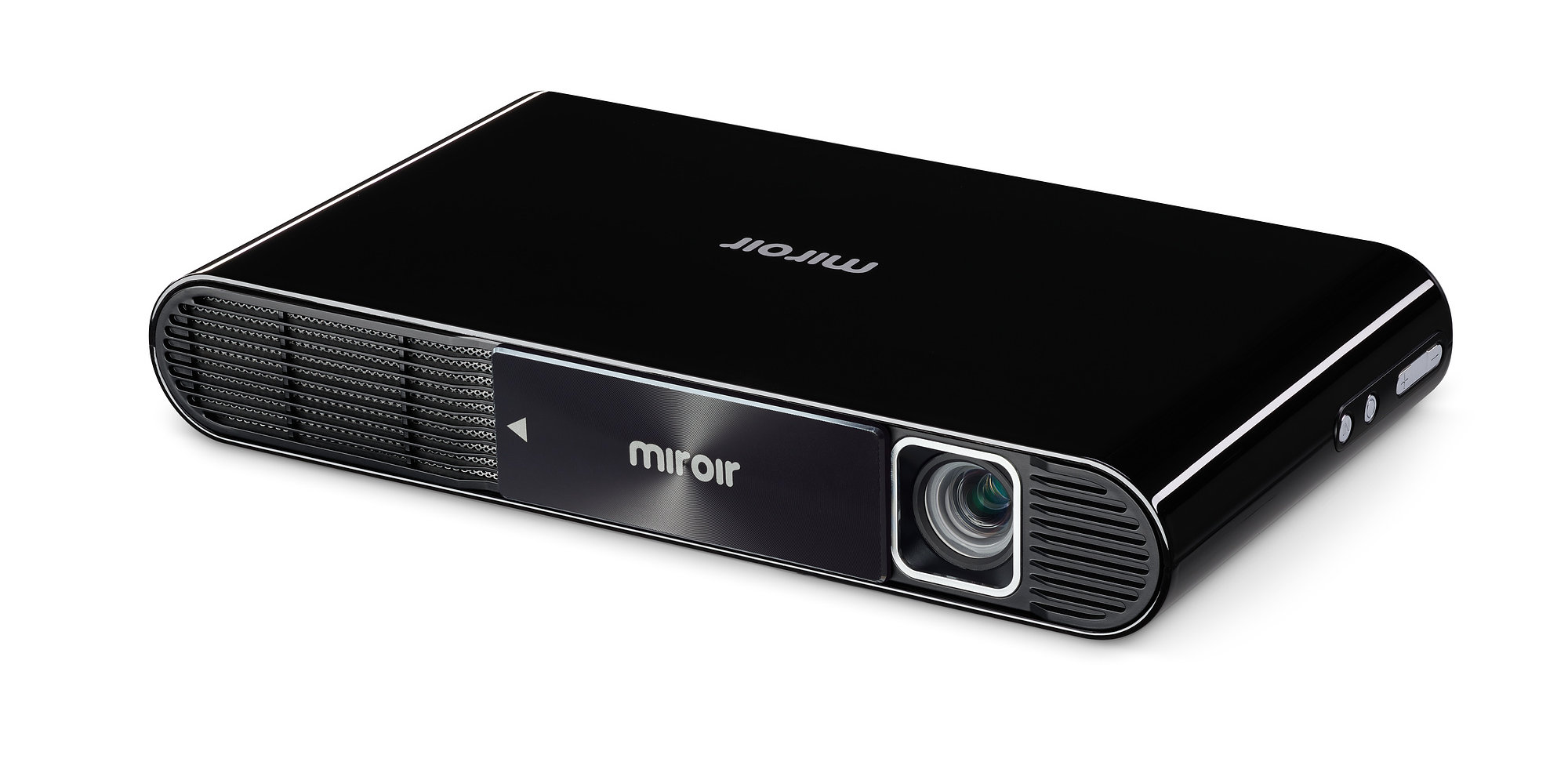
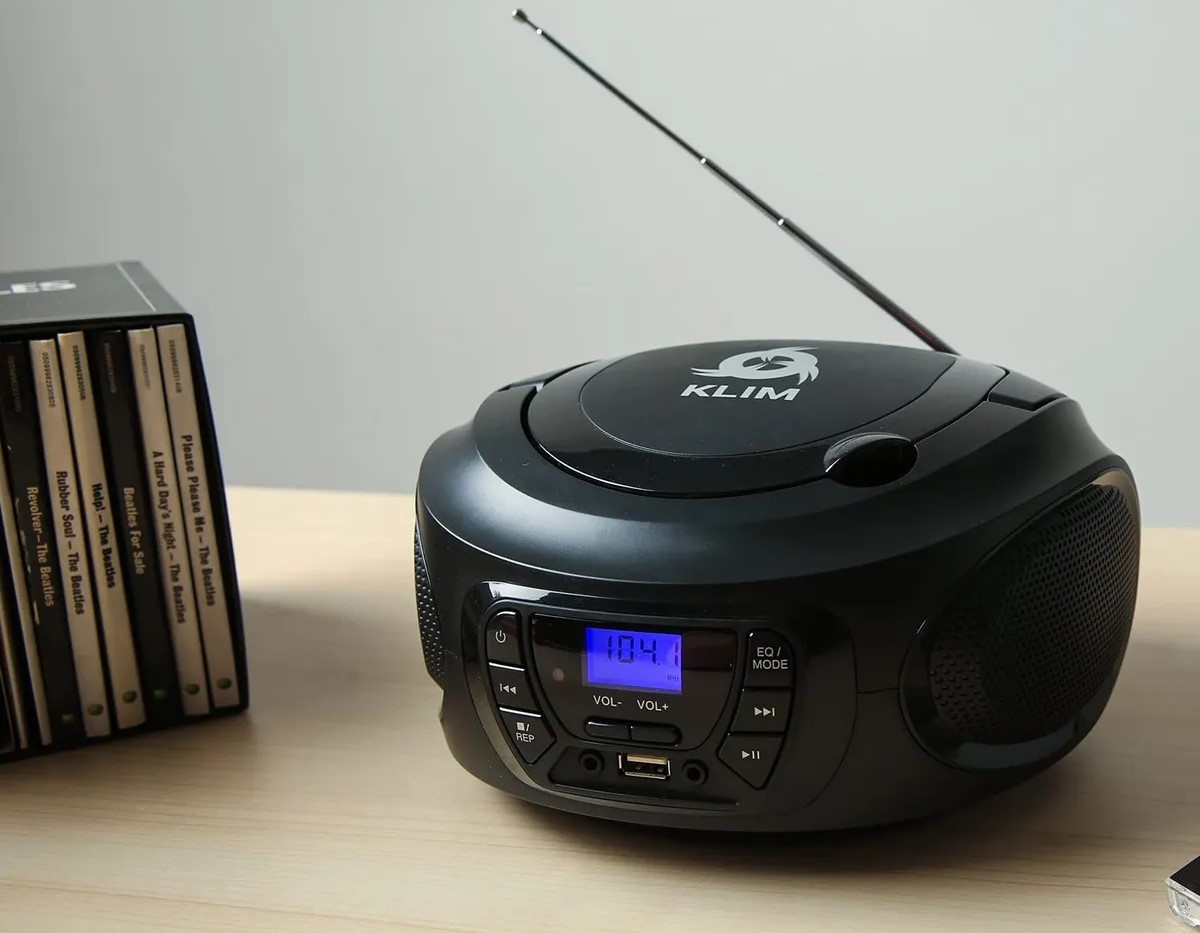


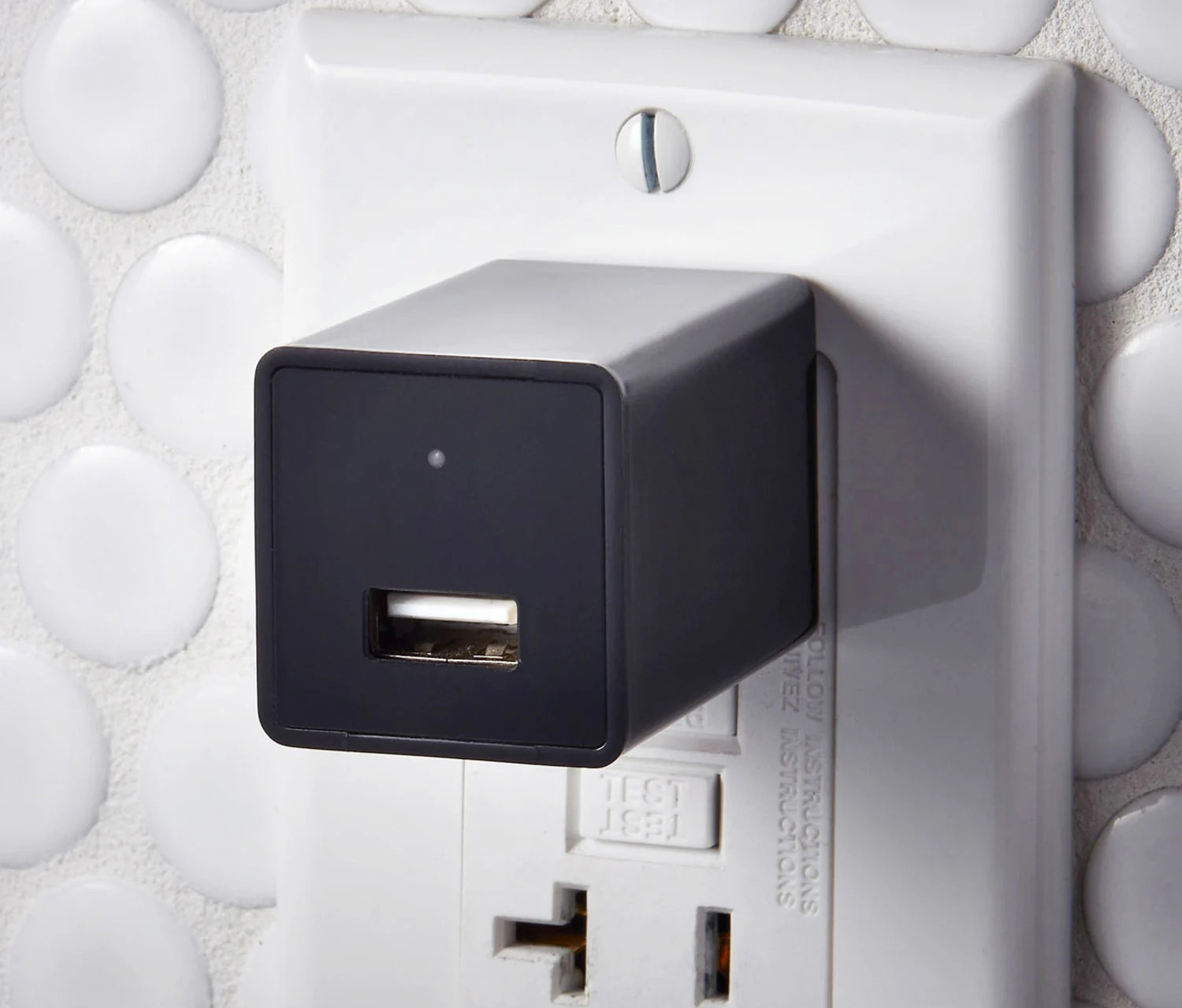
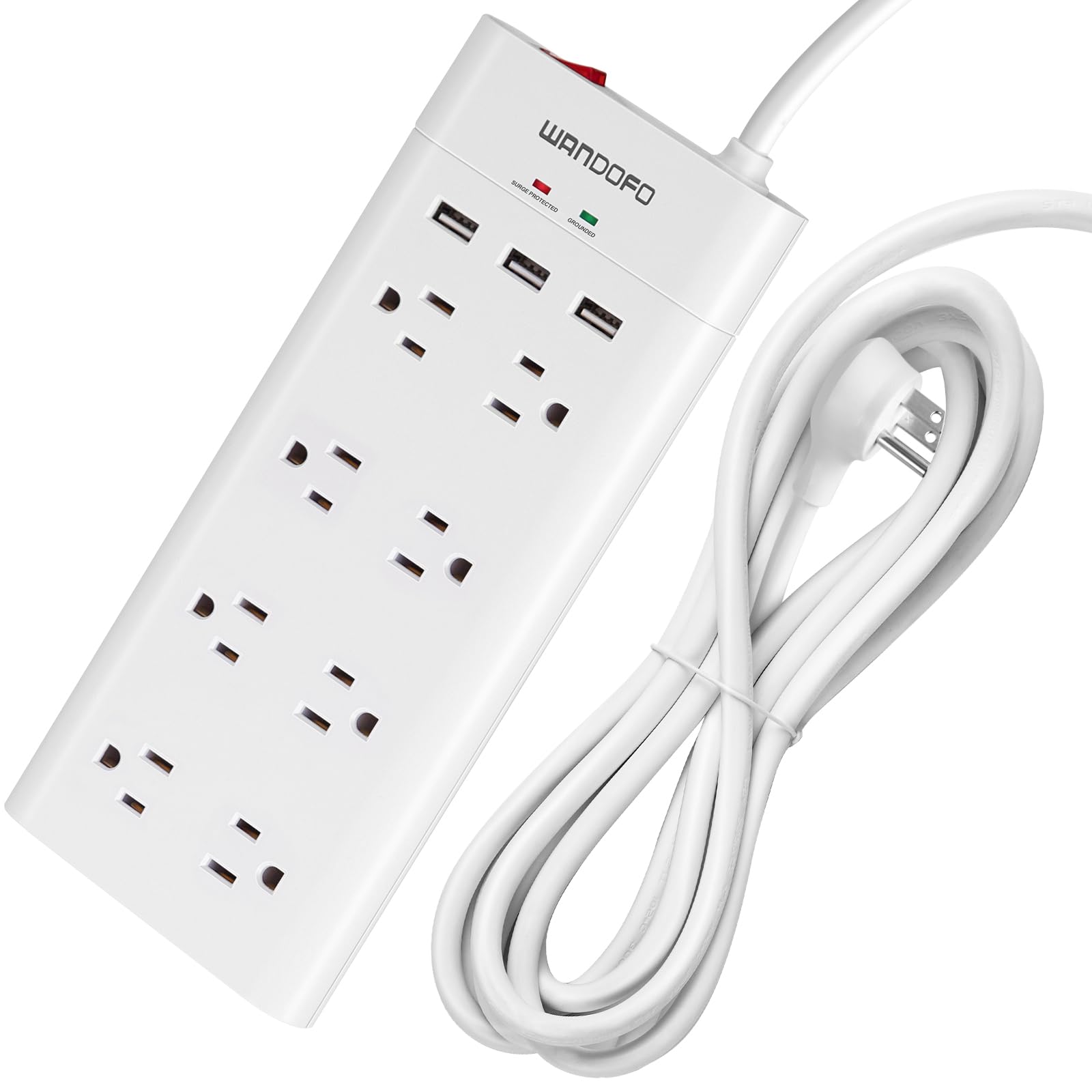
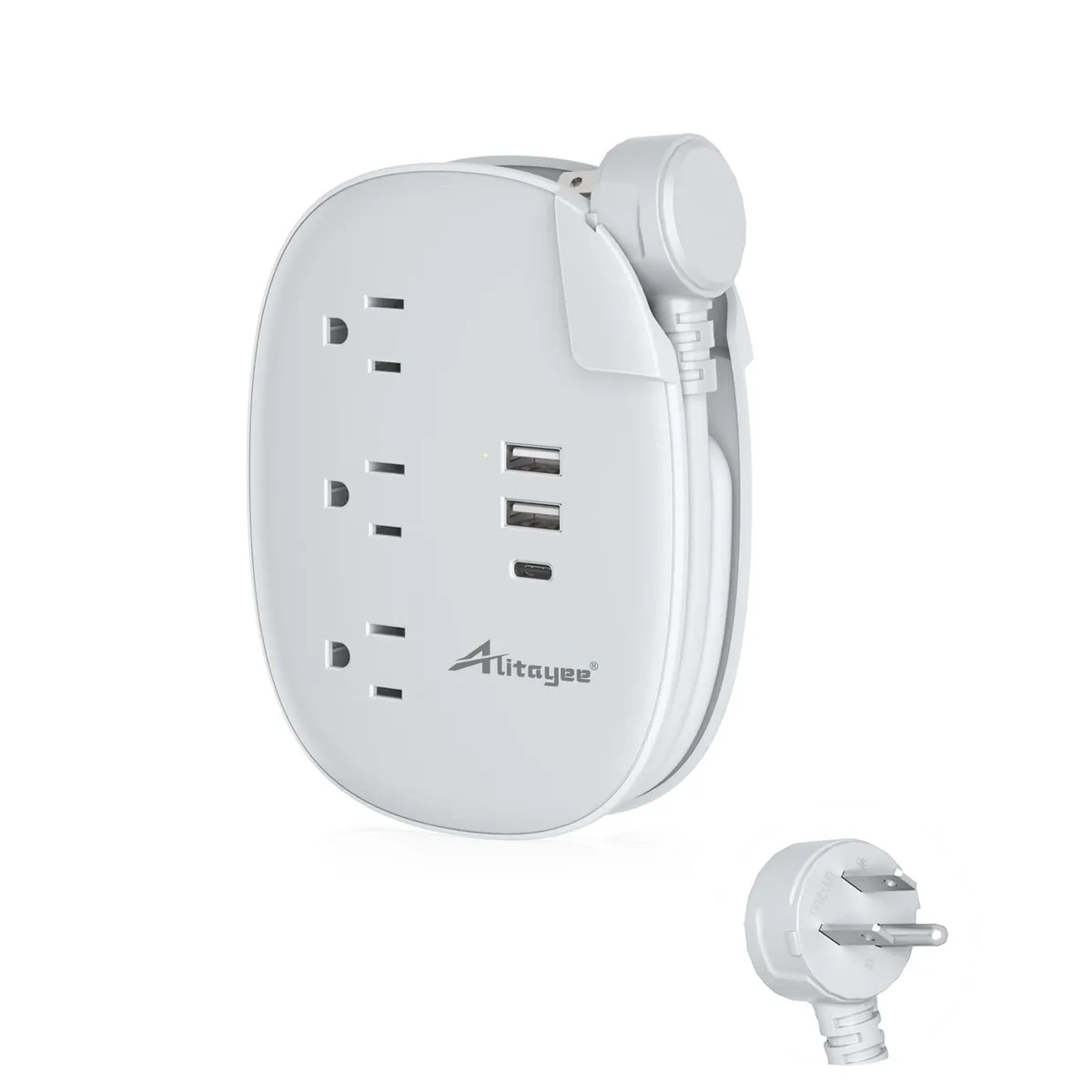

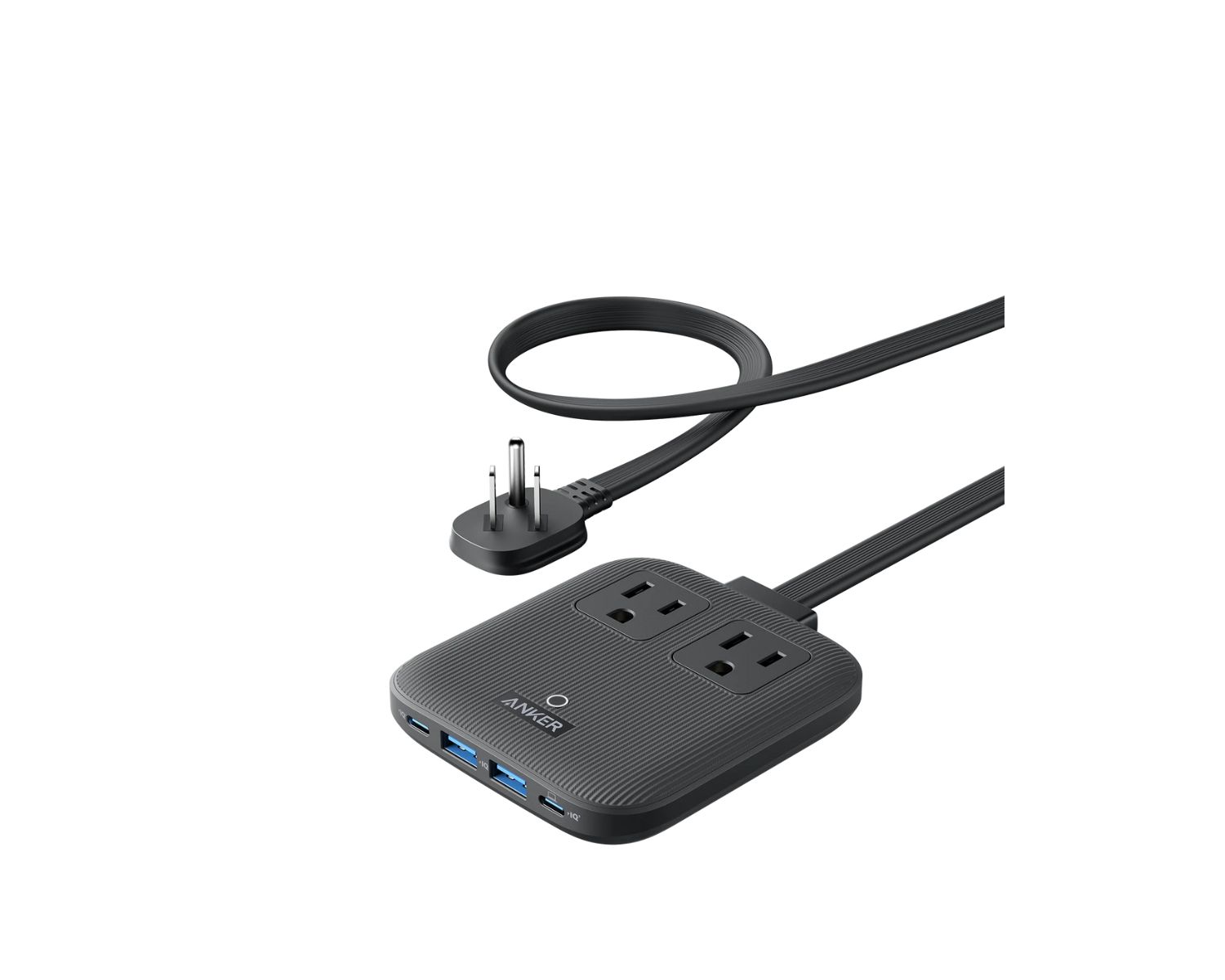
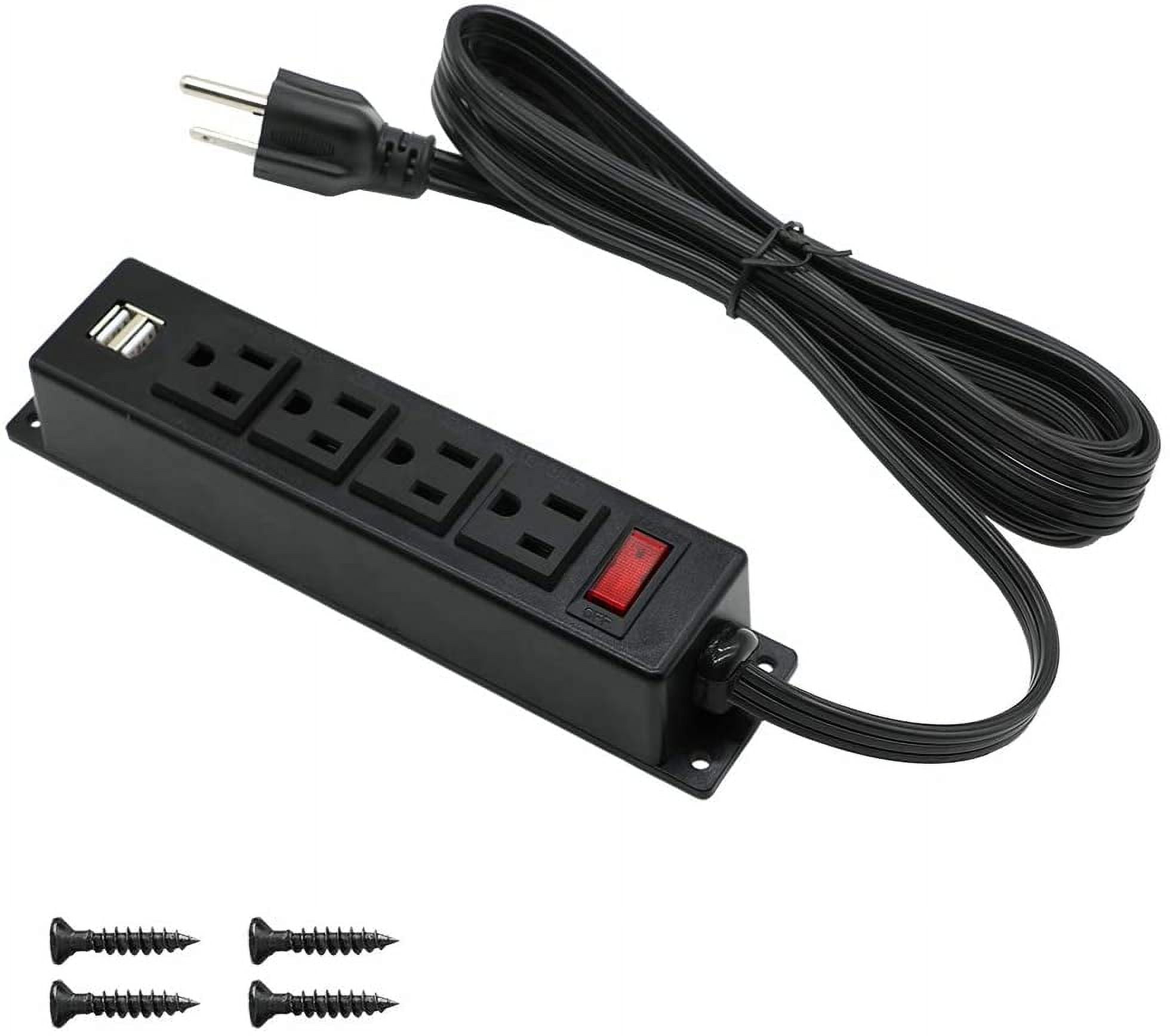
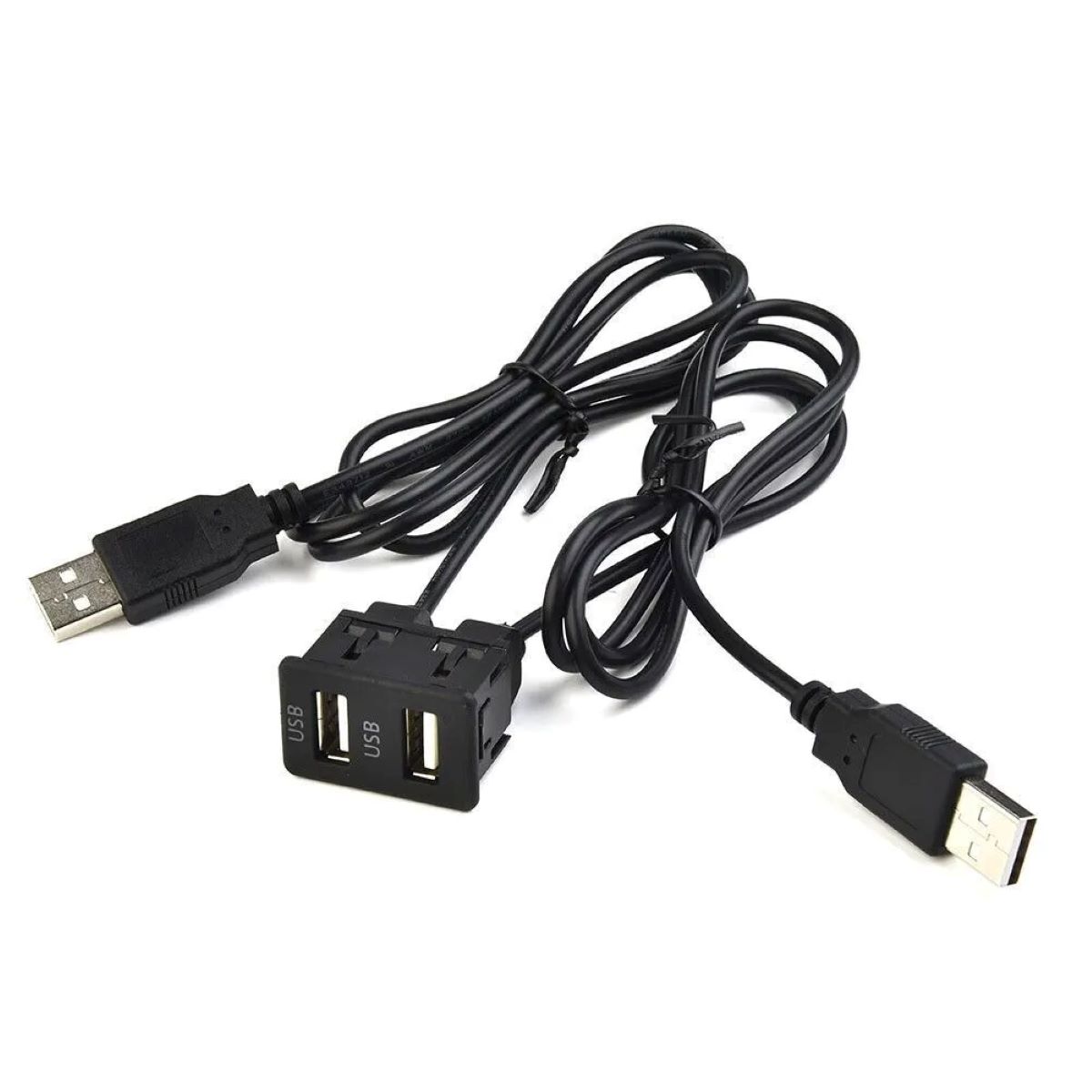




0 thoughts on “How To Store Ethereum On Usb”